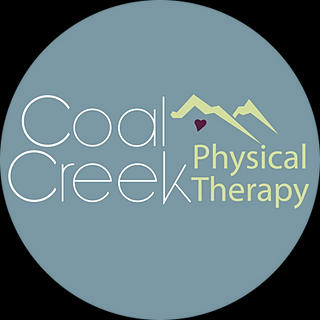What is the Rotator Cuff, exactly?
- Coal Creek PT
- Oct 16, 2018
- 2 min read
Updated: Oct 24, 2018
To clear up any confusion, the proper term is, indeed, the Rotator Cuff. It is not a rotator “CUP” or a Rotator Cuff or Cup either. So when you ask your health care provider about your shoulder, you will inevitably hear the proper terminology – the Rotator Cuff. Let’s talk about what it is and why it matters.

The rotator cuff is actually a group of four small muscles and their associated tendons, essential in stabilizing the shoulder joint. The four muscles are the supraspinatus, infraspinatus, teres minor and subscapularis. All of these muscles connect the scapula (shoulder blade) to the humerus (arm bone) and hold the ball of the humerus in the shallow socket of the scapula. As one moves the arm, the rotator cuff helps the glenohumeral ball and socket joint to spin, roll and glide to create optimal biomechanics, maximize movement, while stabilizing the joint. When functioning normally, the rotator cuff and shoulder joint should permit you to reach overhead, across your body, behind your back.
Did you know that your arm’s only skeletal attachment to the trunk is at the sternoclavicular joint? (That’s the collarbone’s attachment to your breastbone). The only other stabilizers of the glenohumeral joint are some ligaments, a capsule that surrounds the joint, and the rotator cuff muscles. Since we can’t strengthen ligaments or the capsule, the rotator cuff ends up being the key to having normal shoulder function, along with the scapular stabilizers (serratus anterior, lower and middle trapezius, rhomboids and levator scapulae, in particular).

So what happens when someone sustains an injury to the rotator cuff? How does it present? What should you do? If you have shoulder pain when sleeping and/or with raising your arm, especially out to the side, you may have some rotator cuff pathology – it can be the result of a fall, a motor vehicle accident, a heavy lift, an awkward movement, repetitive movements, or just simply degenerative changes that happen as you age. The best thing you can do if you suspect a rotator cuff injury is to ice the shoulder, limit any heavy use of the shoulder, and get in to your health care provider to be evaluated. Many injuries can be treated successfully by a skilled physical therapist, without surgery. Your first visit with your physical therapist should include a comprehensive evaluation of your posture, range of motion, muscle strength, some special tests, and a screen of your neck as well. He/she should discuss their findings with you and get you started down the right path to recover from your shoulder injury.
Coal Creek Physical Therapists have been successfully treating shoulder injuries, right here in Louisville, for over 18 years. Give us a call so we can evaluate your shoulder, help you feel better and live a life you love!
Contact us at 303 666 4151 or email us at coalcreekpt@gmail.com
Happy Healing!
Chantal McDonald PT, MS, OCS, MTC









Comments